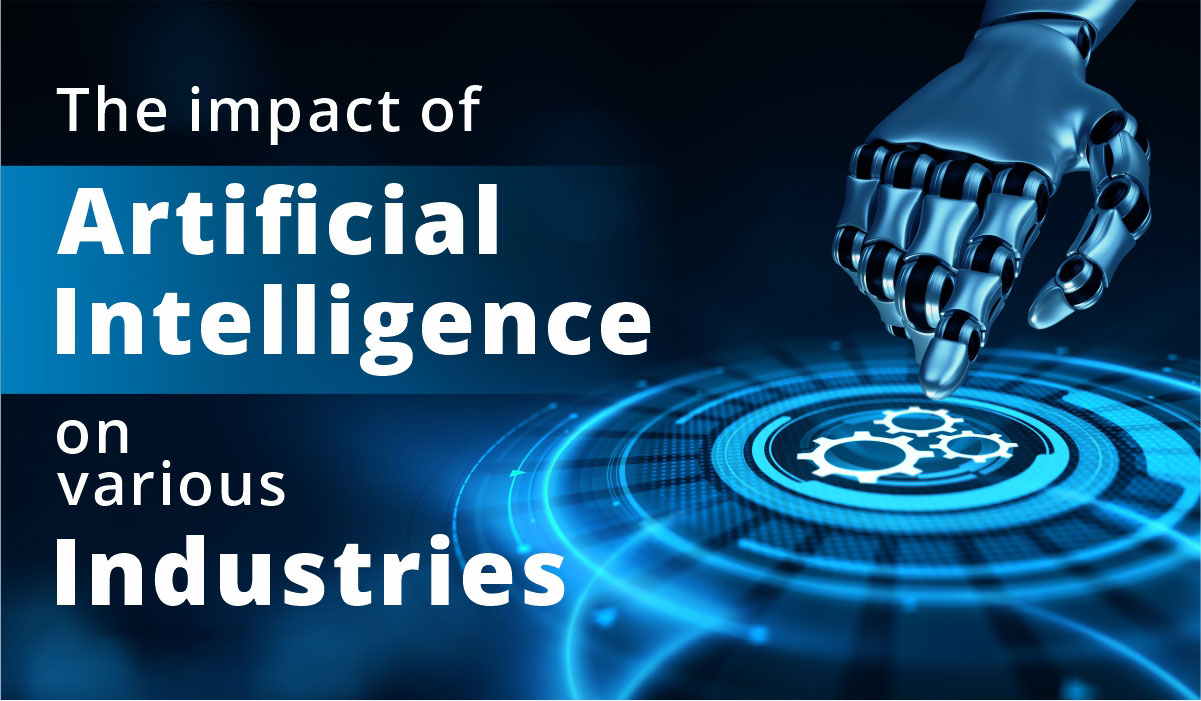
AI Revolution: Unveiling the Latest Frontiers in Machine LearningAI Revolution: Unveiling the Latest Frontiers in Machine Learning The advent of Artificial Intelligence (AI) has ignited a transformative era where machines exhibit exceptional capabilities that mimic human-like intelligence. At the heart of this AI revolution lies Machine Learning (ML), a subfield that empowers computers to learn from data and make predictions without explicit programming. Evolution of Machine Learning In recent years, ML has witnessed remarkable advancements, evolving from traditional statistical methods to advanced deep learning algorithms. Deep learning, inspired by the human brain’s neural networks, enables machines to process vast amounts of data, recognize complex patterns, and make sophisticated decisions. Latest Frontiers Generative Adversarial Networks (GANs): GANs are a class of ML models that can create realistic and coherent data, such as images, videos, and audio, from scratch. They have applications in digital art, data augmentation, and medical image synthesis. Reinforcement Learning: This approach involves training ML agents through trial and error to optimize their performance in a given environment. Reinforcement learning finds applications in robotics, game AI, and financial trading. Natural Language Processing (NLP): NLP enables computers to understand and generate human language. Recent advances in NLP focus on improving machine translation, sentiment analysis, and question answering. Edge Computing: Edge computing brings AI processing capabilities to the edge of networks, allowing devices to make real-time decisions with minimal latency. This is crucial for applications such as self-driving cars and IoT sensors. Federated Learning: Federated learning enables multiple devices to collaboratively train a shared ML model without sharing their private data. This approach protects user privacy and facilitates learning from decentralized data sources. Applications The latest frontiers in ML have opened up a wide range of transformative applications, including: * Healthcare: Disease diagnosis, personalized medicine, drug discovery * Transportation: Autonomous vehicles, traffic optimization * Finance: Fraud detection, risk assessment, algorithmic trading * Education: Personalized learning, adaptive assessments * Entertainment: Content recommendation, immersive virtual reality experiences Challenges and Ethical Implications While ML offers immense potential, it also presents challenges and ethical considerations: * Bias and Fairness: ML models can inherit and perpetuate biases from the data they are trained on, leading to unfair outcomes. * Privacy Concerns: The widespread use of ML raises concerns about data collection, storage, and the potential misuse of sensitive information. * Job Displacement: Automation powered by ML can lead to job losses in certain sectors, necessitating workforce retraining and economic policy adjustments. Conclusion The AI revolution, driven by the latest frontiers in ML, is shaping our present and future. By embracing these advancements and addressing associated challenges and ethical implications, we can harness the transformative power of AI to solve complex problems, improve our lives, and create a better world.
Posted inNews